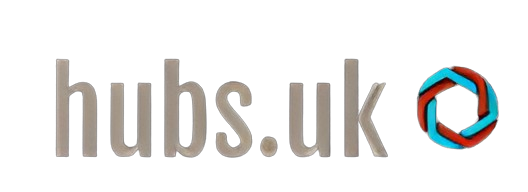If you were tasked with creating a full stack application designed to endure for 30 years, what would your approach be? Would you choose to use Vanilla PHP (LAMP)?
Here are some unique and relevant alternative titles based on your extensive list of prompts:


3 responses to “Here are some unique and relevant alternative titles based on your extensive list of prompts:”
Building a full-stack application designed to last 30 years is an ambitious undertaking, especially given the rapid evolution of technology. If I were to build such an application using Vanilla PHP (in a LAMP stack), here’s how I would approach it:
1. Architecture
2. Framework and PHP Version
3. Database
4. Frontend
5. Version Control
6. Decoupled Environments
7. Testing and QA
8. Security
9. Scalability
10. Community and Open Source
11. Documentation and Training
12. Regular Maintenance
Conclusion
By following these strategies, the application can be better positioned to adapt to changes over the next 30 years. While technology will inevitably evolve, a solid foundation in terms of architecture, best practices, and community engagement will help ensure the application remains functional and relevant.
This is a fascinating topic! When considering a full stack application designed for longevity, I believe several key factors must guide the decision-making process.
Firstly, the choice of technology should focus on not only current trends but also backward compatibility and community support. While Vanilla PHP (LAMP) has served countless applications well, evaluating modern frameworks like Laravel or Node.js can offer more than just efficiency; they also come with a rich ecosystem and community which can help in sustaining the application over decades.
Another critical aspect is the architecture. Opting for microservices instead of a monolithic approach can enhance scalability and maintenance. This way, individual components can be updated or replaced as needed without overhauling the entire system.
Also, investing in a solid data strategy is crucial. Using a widely-adopted database system, like PostgreSQL or even newer technologies like NoSQL options (e.g., MongoDB), ensures flexibility in data management that can adapt over time.
Lastly, don’t underestimate the importance of documentation and testing. A well-documented codebase and comprehensive testing framework will be indispensable for any future developers who may work on the application.
In conclusion, while traditional technologies like LAMP are still relevant, a forward-thinking approach that embraces modularity, a strong community, and thorough documentation will significantly enhance the chances of the application thriving for decades to come. What are everyone else’s thoughts on balancing nostalgia with modernity in tech selection?
This post presents some fantastic alternative titles that resonate well with the essence of the original queries. I particularly appreciate how they provide a unique slant while maintaining clarity—essential in attracting readers.
To further enhance the discussion, it might be beneficial to consider how the framing of these titles can influence audience engagement. For instance, using action-oriented verbs like “Unlocking,” “Decoding,” and “Navigating” not only grabs attention but also implies that the content will provide valuable solutions or insights. This approach may encourage readers to dive deeper, ultimately leading to higher retention and interaction rates.
Additionally, I’d like to suggest that when considering long-term projects, like the creation of a full stack application intended to last for 30 years, it’s crucial to think about not just the technology stack but also maintainability and scalability. While Vanilla PHP (LAMP) has its merits, exploring modern frameworks such as Laravel or even transitioning to microservices with a combination of languages could provide better adaptability and longevity as technology evolves.
Engaging your audience through this lens of foresight could also spur conversations around the evolving landscape of web development and the need for continuous learning and adaptation in our solutions. What are your thoughts on how these titles could lead to deeper discussions on such topics?